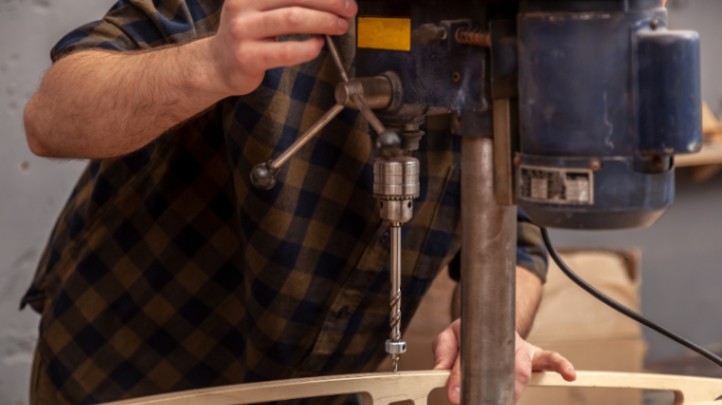Removing a seized bolt with no visible head can be a challenging task. However, with the right knowledge and techniques, it is entirely possible. This “How to Remove a Seized Bolt with No Head” article serves as a comprehensive guide, covering all aspects of dealing with this common issue.
From understanding the nature of seized bolts and taking safety precautions to discussing the necessary tools and materials, providing a step-by-step removal guide, exploring alternative methods, and preventing future bolt seizure, we aim to equip you with the information needed to tackle this problem effectively.
Additionally, we’ll highlight common mistakes to avoid, ensuring a smooth bolt removal process. By the end of this article, you’ll have the expertise to confidently address seized bolts with no heads and secure your project’s success.
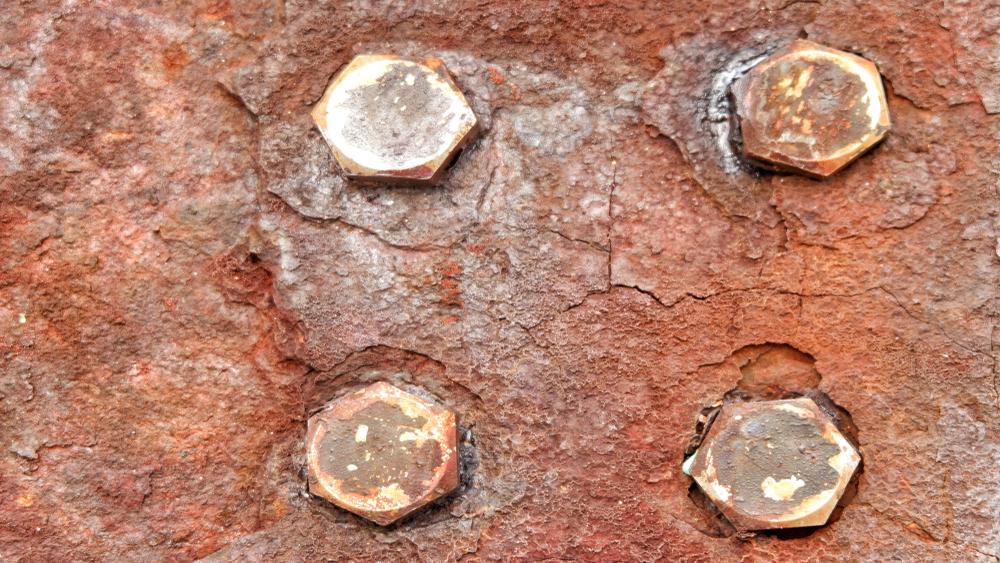
Understanding Seized Bolts
Causes of Bolt Seizure
Bolts can seize for various reasons, and understanding these causes is crucial for effective removal. Some common factors contributing to bolt seizure include:
- Rust and Corrosion: When metal bolts are exposed to moisture and environmental elements, they can develop rust and corrosion. This can cause the threads to bind, making the bolt difficult to turn.
- Over-Tightening: Applying excessive torque during installation can lead to over-tightened bolts. This not only weakens the bolt but can also make it incredibly challenging to unscrew.
- Chemical Reaction: In some cases, a chemical reaction between the materials in contact with the bolt can cause it to seize. This is especially true when dissimilar metals are used in construction.
- Age and Neglect: Bolts that have been in place for an extended period without maintenance are more prone to seizing. Aging and neglect can result in the accumulation of dirt, debris, and rust.
- Incorrect Lubrication: Proper lubrication is essential for the smooth operation of bolts. Using the wrong type of lubricant or neglecting lubrication altogether can lead to a seizure.
Challenges Posed by Bolts with No Visible Head
Bolts with no visible head present a unique set of challenges. These challenges include:
- Limited Grip: The absence of a visible head makes it difficult to grip the bolt using traditional tools. Without a head to turn, alternative methods must be employed.
- Inaccessibility: In many cases, these bolts are located in tight or hard-to-reach spaces, making the removal process more complex.
- Additional Damage Risk: The unconventional methods required to remove headless bolts can pose a risk of damaging the surrounding materials or components.
- Specialized Techniques: Dealing with bolts without visible heads often demands specialized techniques and tools that are not typically used for standard bolt removal.
Safety Precautions
Prioritize safety when dealing with seized bolts, especially those without visible heads. Here are key safety measures to keep in mind:
Protective Gear and Equipment
Always wear appropriate protective gear, including safety goggles, gloves, and, if necessary, ear protection. Additionally, ensure that the area is well-ventilated when using penetrating lubricants or heat.
Safety Guidelines for Bolt Removal:
- Assess the Situation: Examine the bolt and its surroundings to identify potential risks or complications.
- Secure the Work Area: Make sure the work area is clean and organized to prevent tripping hazards.
- Proper Tools: Use the right tools for the job to minimize the risk of accidents.
- Steady Platform: If working on a ladder or elevated surface, ensure it is stable and secure.
- Teamwork: If possible, have a colleague assist you, especially when dealing with challenging bolt removal tasks.
- Protective Measures: Use fire-resistant materials or shields when heat is involved, and keep a fire extinguisher nearby.
- Read Product Labels: When using penetrating oils or chemicals, carefully read and follow the instructions and safety warnings on the product labels.
- Heat Precautions: When using heat, be cautious of hot surfaces and open flames. Use a heat-resistant shield when needed.
Tools and Materials
Essential Tools
To effectively remove seized bolts, you’ll need the following essential tools:
- Wrenches and Pliers: These are versatile tools for gripping and turning bolts.
- Socket Set: Useful for bolts with hexagonal heads, it provides better leverage.
- Impact Wrench: A power tool that makes bolt removal faster and easier.
- Bolt Extractor Set: Designed to grip and turn damaged or rounded-off bolt heads.
- Lubricants and Penetrates: Products like WD-40 or penetrating oil help loosen rusted bolts.
- Heat Source: A propane torch or heat gun can expand the bolt, aiding removal.
- Hammer and Chisel: Useful for tapping or chiseling away rust or debris.
Types of Bolts and Their Properties
Understanding the various types of bolts and their properties is crucial:
- Hex Bolts: Common with a hexagonal head for wrenches.
- Carriage Bolts: Feature a rounded head and a square neck under the head.
- Lag Bolts: Designed for wood-to-wood connections with coarse threads.
- Machine Bolts: Have a smooth, cylindrical shaft and can have different head types.
- Toggle Bolts: Ideal for anchoring to hollow walls or ceilings.
- Anchor Bolts: Used to attach objects to concrete, featuring a threaded end.
- Eye Bolts: Have a looped head for securing cables or ropes.
- U-Bolts: Shaped like the letter U and used for securing pipes or round objects.
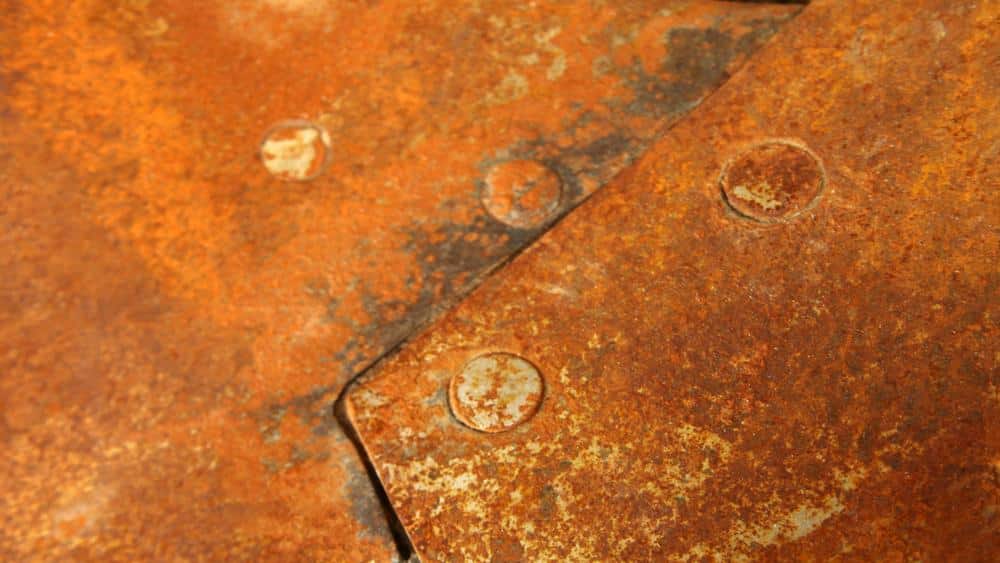
Step-by-Step Guide
When dealing with a seized bolt, especially one with no visible head, it’s essential to follow a systematic approach to ensure safe and effective removal. Here’s a step-by-step guide to tackle this challenging task:
Inspecting the Bolt
- Assessment: Begin by assessing the condition of the seized bolt. Check for any visible corrosion, damage, or signs of rust. Understanding the state of the bolt is crucial for selecting the right removal technique.
- Access Points: Identify any access points around the bolt, even if it lacks a visible head. Look for any remaining protrusions, threads, or grip areas that can be used for removal.
- Bolt Material: Determine the material of the bolt, as this can influence the removal method. Different metals may require specific techniques.
Penetrating Oil Application
- Choose the Right Penetrating Oil: Select a high-quality penetrating oil or lubricant designed for rusted and seized fasteners. Apply the oil generously to the bolt, ensuring it seeps into any available openings.
- Wait and Repeat: Give the penetrating oil time to work, typically for several hours or even overnight. Reapply the oil as needed to enhance its effectiveness.
- Loosening the Bolt: After sufficient penetration, attempt to rotate the bolt using a suitable wrench, pliers, or socket set. Apply steady, controlled force to turn the bolt counterclockwise.
Using Heat to Loosen
- Heat Application: If the bolt remains stuck, apply heat to expand the metal. Use a propane torch or oxyacetylene torch to heat the area surrounding the bolt. Be cautious when using open flames, and avoid overheating the bolt.
- Cooling: Once heated, quickly cool the bolt using a penetrating oil or water to induce contraction, creating the potential for loosening. This thermal cycling can be effective in breaking the bond.
Grip and Extraction Techniques
- Gripping Tools: Utilize specialized gripping tools such as vice grips, locking pliers, or bolt extractors to secure the bolt and provide sufficient torque for removal.
- Counterclockwise Rotation: Apply force in a counterclockwise direction to rotate the bolt and extract it from the threaded hole. Maintain steady pressure and avoid excessive force that could lead to bolt breakage.
- Alternate Techniques: If traditional methods are unsuccessful, consider alternative approaches like drilling out the bolt, using left-hand drill bits, or employing a tap and die set.
- Professional Assistance: In cases of extreme difficulty or if the bolt is integral to a critical component, it may be advisable to seek assistance from a professional mechanic or technician.
By following these step-by-step instructions, you can increase the chances of successfully removing a seized bolt without a visible head while minimizing the risk of damage or injury.
Enhance your bolt removal skills with our article “How to Choose the Right Impact Wrench: Bolt Like a Pro.” Master the art of effortless bolt removal and level up your DIY projects. Don’t miss out!
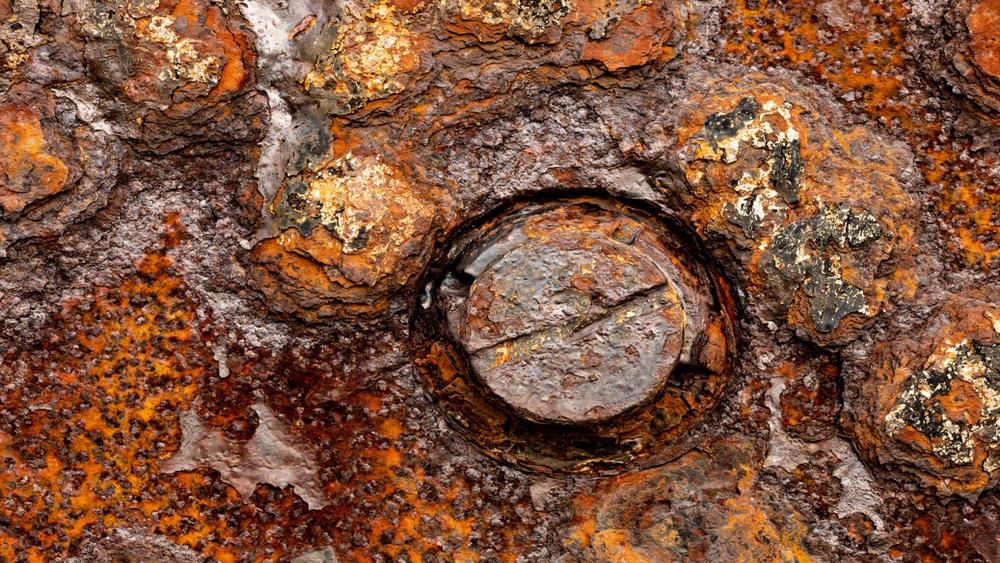
Alternative Methods
When dealing with stubborn seized bolts, there are alternative methods you can explore to aid in their removal:
Bolt Extraction Kits
- Specialized Kits: Bolt extraction kits come with various tools designed to grip, turn, and extract stuck bolts. They include spiral-fluted extractors and left-hand drill bits.
- Selection: Choose the appropriate tool from the kit that matches the size and condition of the bolt you are dealing with.
- Extraction Process: Follow the kit’s instructions to grip the bolt and apply counterclockwise force for removal securely.
Welding for Removal
- Heat Application: Welding involves attaching a nut to the seized bolt and heating the assembly. The heat helps expand the metal, making it easier to turn the bolt.
- Cooling and Rotation: After heating, allow the bolt to cool, then use a wrench or socket to rotate it counterclockwise for extraction.
Drilling as a Last Resort
- Caution: Drilling should be a last resort, as it can potentially damage the surrounding material. Only consider this method if all other options have failed.
- Drill Size: Select a drill bit slightly smaller than the bolt’s diameter and drill into the bolt’s center.
- Tap and Extract: After drilling, use a tap and die set to create threads in the drilled hole. Then, insert an extractor tool and turn counterclockwise to remove the bolt.
These alternative methods can be effective in challenging situations. However, it’s crucial to exercise caution and ensure you have the necessary skills and tools to perform these tasks safely and successfully.
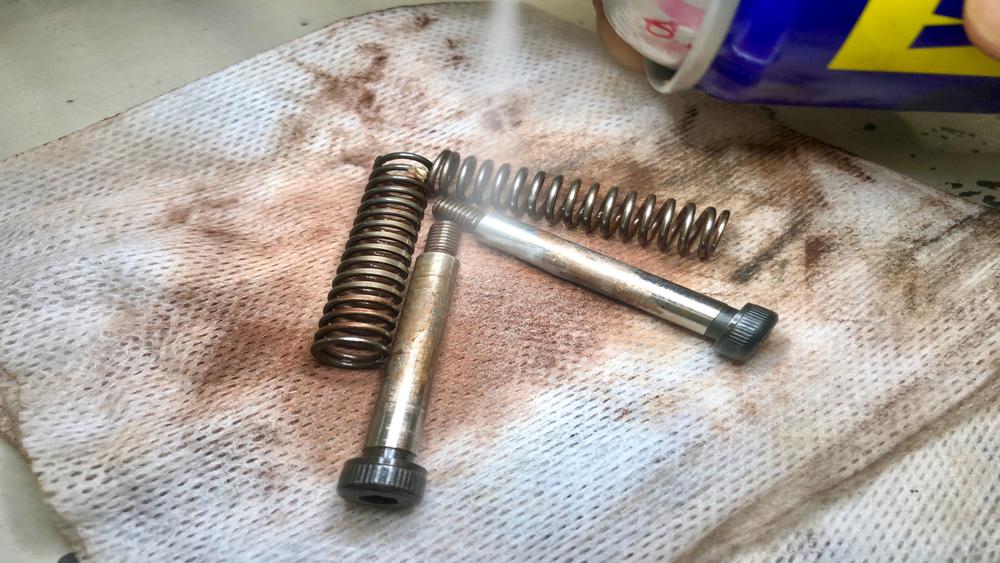
Preventing Bolt Seizure
To avoid bolt seizure issues, follow these key practices:
Proper Lubrication and Maintenance
- Regular Lubrication: Apply appropriate lubricants to bolts, threads, and fasteners to reduce friction and corrosion.
- Scheduled Inspection: Conduct routine checks to identify early signs of wear or rust and address them promptly.
Using Anti-Seize Compounds
- Application: Apply anti-seize compounds to bolt threads and contact surfaces to prevent them from bonding due to heat or corrosion.
- Proper Selection: Choose the right anti-seize compound based on factors like temperature, material, and environmental conditions.
By implementing these preventive measures, you can significantly reduce the risk of bolt seizure, making maintenance and repairs more manageable.
Common Mistakes to Avoid
To prevent bolt-related issues, steer clear of these common errors:
Over-tightening Bolts
- Use a Torque Wrench: Employ a torque wrench to achieve the recommended tightening specifications, preventing over-tightening.
- Follow Guidelines: Always follow manufacturer guidelines and torque settings for specific applications.
Using Incorrect Tools
- Select Proper Tools: Ensure you use the correct tools and equipment designed for the specific bolt type and size.
- Training: Provide proper training to individuals handling bolts to avoid tool misuse.
Maintenance Tips
To ensure bolt longevity and safety:
- Keeping Bolts in Good Condition: Regularly clean, paint, lubricate, and store bolts properly to prevent corrosion and wear.
- Periodic Inspections: Conduct routine inspections to identify issues like rust, loose bolts, or signs of wear and address them promptly.
Conclusion
Leaving bolts and screws unattended can lead to rust and seizing. Knowing How to Remove a Seized Bolt with No Head is beneficial before it starts to cause you lots of time and money to call the experts.
The key to being successful in the process is to start with the right tools. Apply the proper tools, tips, and tricks to have a hassle-free experience when removing rusted bolts.
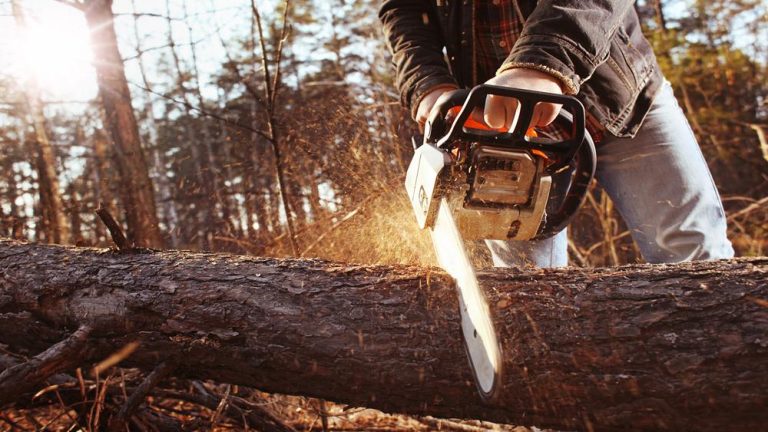
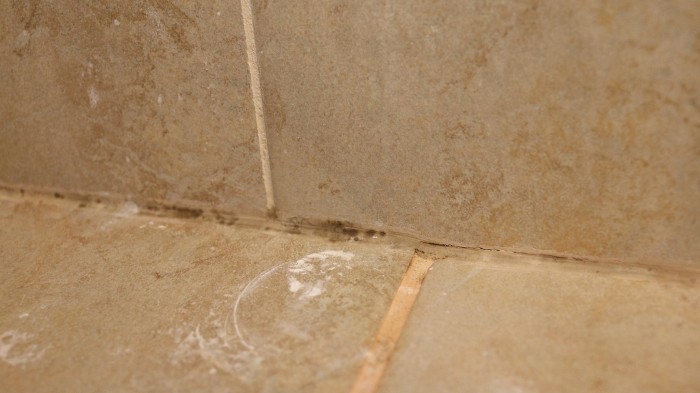

![How to Use a Drill Press: 6 Steps to Drill Press Mastery[Updated]](https://drill-guy.com/wp-content/uploads/2023/09/How-to-Use-a-Drill-Press-768x432.jpeg)

